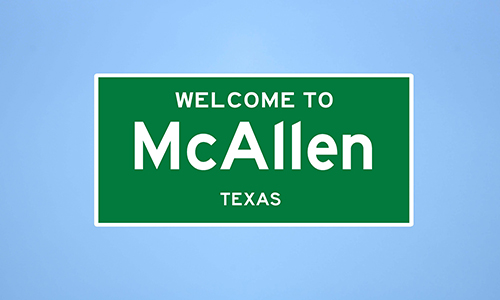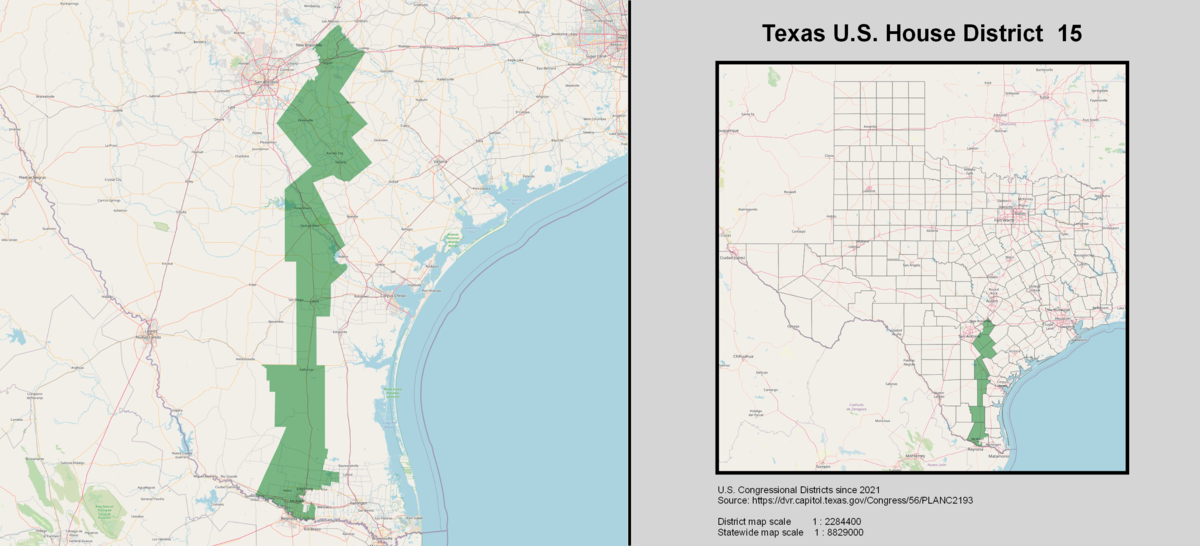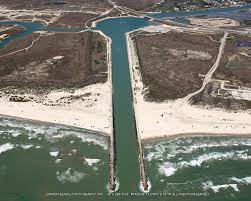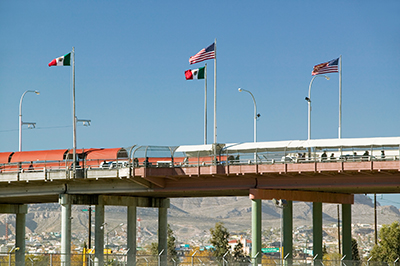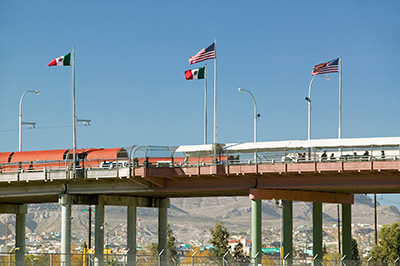Making America’s infrastructure sturdy, again
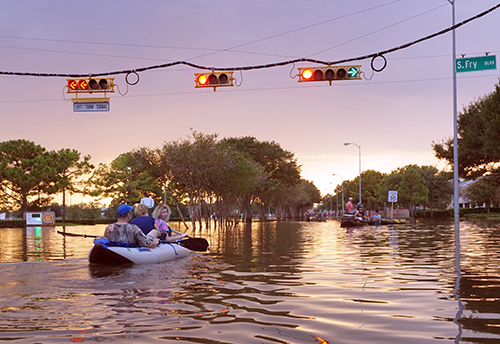 House Majority Leader Kevin McCarthy (CA-23) and I penned an op-ed for the Houston Chronicle highlighting the major need to upgrade the regulations that govern disaster relief, and to reform the Stafford Act so that FEMA will have better tools and oversight needed to strengthen their response to disasters.
House Majority Leader Kevin McCarthy (CA-23) and I penned an op-ed for the Houston Chronicle highlighting the major need to upgrade the regulations that govern disaster relief, and to reform the Stafford Act so that FEMA will have better tools and oversight needed to strengthen their response to disasters.
You can read the entire op-ed below:
In Puerto Rico, the Army Corps of Engineers is helping to restore electricity after an island-wide blackout. Yet, because of the Stafford Act —one of the federal government’s foremost pieces of disaster relief legislation — the Corps faces strict limits. While it would be better to upgrade many of the destroyed aluminum power transmission towers to galvanized steel, the Stafford Act bars upgrading and only allows for repairs and replacement of the original structures. The result? Regulatory limitations are stopping Puerto Rico from recovering smartly and leaving it susceptible to future hurricanes.
These barriers to rebuilding aren’t limited to Puerto Rico — infrastructure development across the United States is continually obstructed by regulatory hurdles and deficiencies in the law.
Just look at Texas — with the help of the Texas delegation we successfully secured $141 billion total in emergency supplemental funding to help all the Texans, Floridians and Puerto Ricans impacted by Hurricanes Harvey, Irma and Maria. We carefully crafted the bill to ensure it has enough money to finish every federally authorized flood control project in Southeast Texas. Of these funds, $17.4 billion is dedicated to the Army Corps of Engineers, and, while the money is there, one of the greatest limitations the Corps faces is a massive backlog of construction projects caused by regulations.
Neighbors and local businesses remain extremely vulnerable to a future flooding as we move into the 2018 hurricane season. The truth is, the disaster supplemental funding will go a long way toward reducing the project backlog in Harris County and other impacted areas to make Houston more resilient; yet even after we have the funding we need to clear the backlog of projects in Harris County and Texas, regulatory reviews and requirements cause project approvals to move at a glacial pace.
Instead of allowing our top thinkers and builders to determine what updates, repairs or projects best prepare America for the future, our current infrastructure programs force everyone to fit their plans into a prefabricated Washington box. We can’t accept that, and we will work every day to ensure funds aren’t only allocated, but actually get to those who need it most.
President Donald Trump made infrastructure a fundamental plank of his campaign because as a builder, he understands how important American infrastructure is to our economy and how it is crumbling before our eyes. We’re the most innovative country in the world, yet it takes years to build a highway off-ramp, water projects are bogged down for decades in endless environmental reviews and permitting delays, and our rail system is becoming dangerously run-down.
After the passage of historic tax cuts for Americans at every income level, Trump got right back on the trail, making the case most recently in Ohio for renewed infrastructure investment so we can start building again — on time and under budget.
Congress passed and Trump has already signed into law a $20 billion down payment on the president’s infrastructure plan. This money will be immediately available to rebuild roads, bridges and dams, as well as begin deployment of new digital infrastructure.
That was just the start. Next week, the House will vote on a Federal Aviation Administration authorization, which will include major provisions to rebuild America’s infrastructure with a focus on disaster-stricken areas.
This legislation will include the Disaster Recovery Reform Act (DRRA), which will fundamentally reform the Stafford Act by shifting funding toward preparing for and mitigating disasters rather than merely responding. And while we rebuild, we’ll do it with an eye to the future.
DRRA will allow communities to build back stronger and more prepared for a potential disaster, which is an update from current law that says structures can only be built back to their previous standards.
This legislation would set aside a percentage of federal relief dollars to rebuild more resiliently, potentially saving lives and taxpayer dollars in future recovery. In order to be eligible for these mitigation funds, the project must be proven to reduce future risk and remain cost effective.
As the saying goes, an ounce of prevention is better than a pound of cure, and for every dollar spent on smarter mitigation we can save anywhere from $4 to $8 in the cost of future recovery. Even more important, those numbers don’t include the intangible relief when people come home after a natural disaster to find their families safe, their homes intact and their communities quickly on the mend.
By modernizing the regulations governing disaster relief and reforming the Stafford Act, recovery builders can focus on how to use every dollar most effectively to prepare our communities for the future, not on the outdated mandates to rebuild infrastructure just the way it was before.
With future-facing reforms, America will once again have infrastructure we can be proud of.



